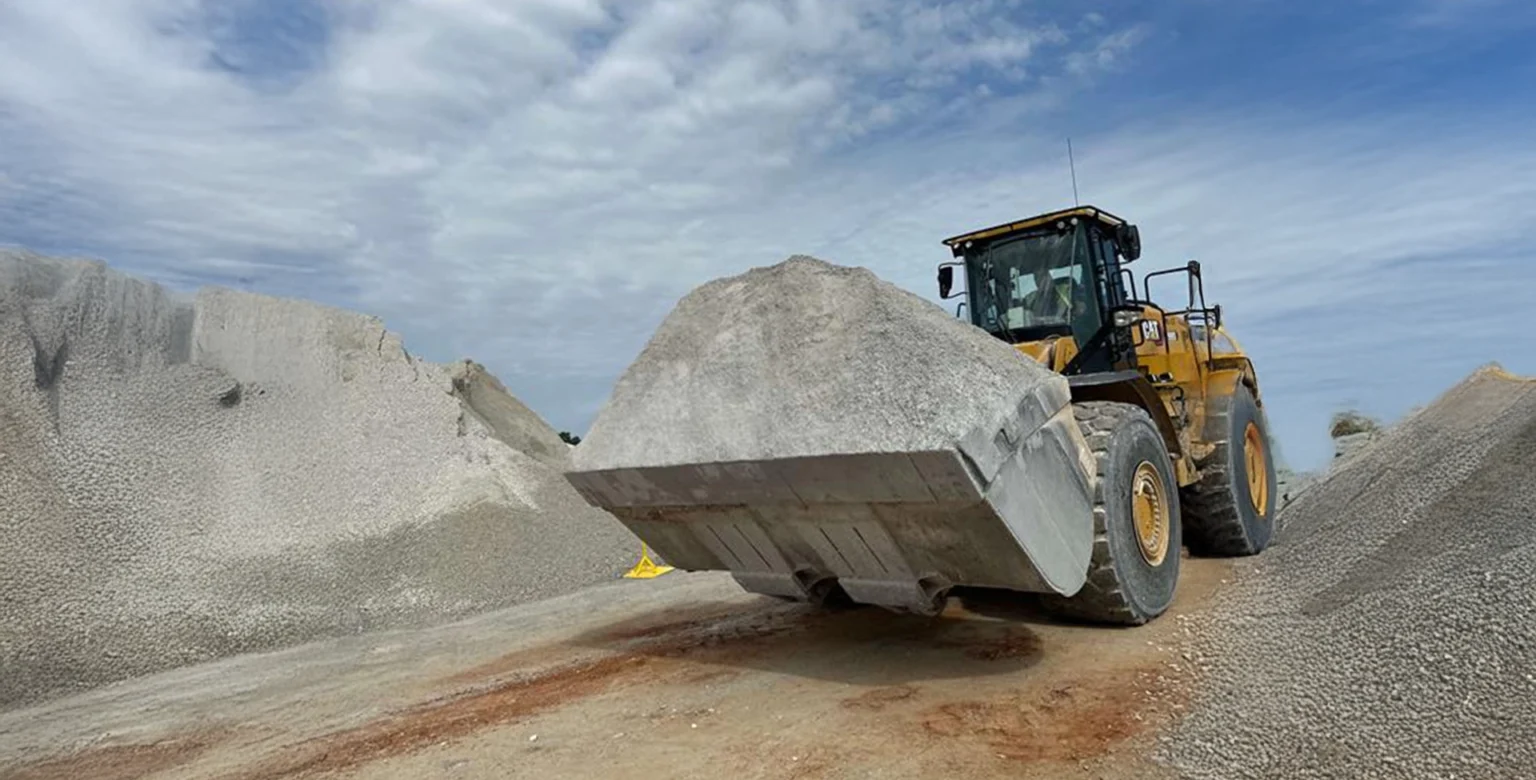Buying soil has shifted from a basic pickup task to a planning step that determines how well a landscape or crop space performs. Buyers now look beyond “good dirt” and compare material performance, delivery logistics, and compatibility with local ground conditions. With seasonal planting windows tightening every year, selecting soil for sale isn’t just a purchase—it’s part of the project schedule.
Nutrient Composition That Supports Seasonal Planting Cycles
Strong soil starts with the right nutrients for the season’s demands. Nitrogen, phosphorus, and potassium levels control early root formation, plant energy, and disease resistance. Balanced nutrient profiles matter more during transition seasons when soil must warm fast and feed early growth without causing fertilizer burn. Many bulk soils blend natural amendments to support cycles without oversupplementing.
Seasonal gardens, sod prep, or pasture repair all pull nutrients at different rates. Without enough trace minerals like calcium, magnesium, or sulfur, plants show slow leaf development or weak rooting even when watered properly. Checking nutrient ranges before buying dirt for sale helps avoid repeated feeding later in the season.
Drainage Rates That Match Your Yard or Project Needs
Drainage decides whether soil works or fails after the first heavy rain. Some projects need fast percolation—like tree planting or gravel-adjacent installs—while others require moderate holding capacity, like flower beds or seeded lawns. Soil that drains too slow leads to pooling, fungus, and root suffocation; soil that drains too fast dries seedlings before they stabilize.
Low areas of North Alabama properties commonly hold water longer due to clay dominance. Choosing soil mixes that offset this with sand-to-silt ratios can prevent wash-out and rutting. Matching drainage to the actual site reduces trenching, regrading, or emergency drainage corrections later.
Soil Texture Balance for Roots, Runoff, and Aeration
Texture determines soil behavior more than color or appearance. The ideal mix balances sand for aeration, silt for moisture migration, and clay for structure. If one component dominates, plants struggle—too much sand drains too fast, too much clay binds roots, and too much silt crusts during dry spells.
Good texture also impacts soil stability on slopes or open areas. Loamy blends allow roots to penetrate without resistance while staying firm enough to avoid erosion. When sourcing rock and dirt delivery near me, texture consistency across the load matters as much as the blend itself, especially for larger property applications.
Organic Matter Percentage That Improves Long-term Soil Performance
Organic matter acts like a slow-release support system. It increases soil fertility over time, improves microbial activity, and helps roots access nutrients more efficiently. Levels between 3–7% organic content generally support most planting projects without pulling nitrogen during decomposition.
Long-term soil quality is built by what happens after delivery. Organic particles improve structure year over year instead of compacting, which is why low-organic filler soils need constant correction. Projects that depend on repeated planting seasons gain permanent benefit from well-composed organic ratios.
Screening Quality That Removes Oversized Debris
Soil screening determines how clean the final load is. Well-screened mixes remove rocks, wood chunks, root clumps, and oversized debris that disrupt equipment, lawn grading, or hand planting. High screening standards create a smoother surface that spreads, rakes, and seeds evenly.
Coarse debris left in soil causes headaches long after delivery. It jams tillers, blocks seed-to-soil contact, and makes seed bed leveling inconsistent. For anyone reviewing rock and dirt delivery loads, screening quality is a strong indicator of labor saved later.
Load Size Options That Fit Project Scale and Storage Space
Buying too much or too little soil both create delays. Correct load sizing keeps equipment rental windows efficient, prevents leftover material piles from blocking space, and ensures continuity of work. Options ranging from small yard additions to full truckloads matter for accuracy and budget control.
Access points also influence load decisions. Tight driveways, gated properties, or back-lot staging zones may require split loads or strategic drop placement. Flexibility in volume prevents mid-project pauses to reorder or relocate material.
Delivery Timing That Aligns with Ground-prep Schedules
Timing decides whether soil installation succeeds or fails. Soil delivered before grading, trenching, or irrigation mapping can be disturbed, contaminated, or moved twice. Delivery late in the prep cycle leaves equipment sitting idle and extends project days.
Seasonal planting windows also impact timing. Spring soil deliveries must consider morning frost windows, rainfall forecasts, and ground saturation levels. Aligning dirt delivery near me with ground readiness keeps the build phase moving forward without backtracking.
Regional Soil Compatibility for North Alabama Ground Conditions
North Alabama’s native ground tends to carry clay-heavy properties, seasonal expansion, and slower drainage. Imported soil blends work best when designed to balance these conditions rather than ignore them. Compatibility means soil integrates with the existing base instead of fighting against it.
Matching soil to regional behavior lowers cracking during dry periods and reduces surface compaction after rains. In many planting failures, the issue isn’t watering or nutrients—it’s using a soil blend that doesn’t cooperate with local geology.
Moisture Retention Level That Reduces Frequent Watering Needs
Water behavior inside soil controls how often plants need irrigation. Retention that holds moisture long enough without waterlogging gives seedlings stability and protects root hairs during early growth. Especially for large plots, stable retention cuts watering frequency without stressing plants.
Poor retention creates either drought stress or oversaturation cycles. The right balance acts like a reserve that releases water gradually instead of all at once. That difference shows up most clearly during hot stretches when frequent watering isn’t always feasible.
Quality soil changes planting outcomes long after the bags or trucks leave the property. For projects that demand consistency, volume flexibility, and local ground awareness, resource sourcing through experienced providers becomes the deciding advantage.

